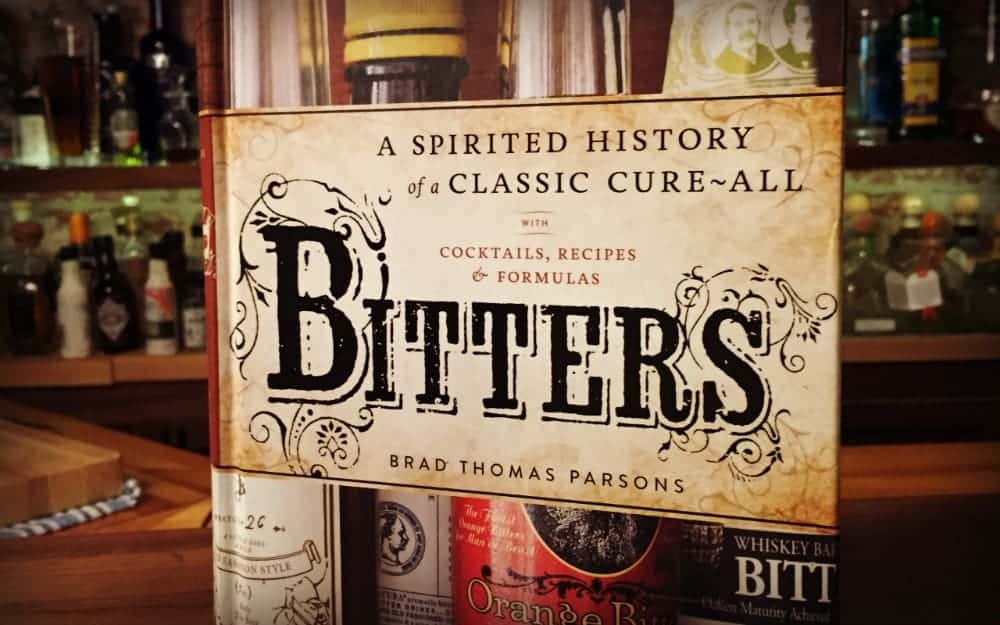Ancient history:
With the craft cocktail revival well underway, it was still fairly uncommon in 2010 to see bars and restaurants making their own bitters. Cocktail bloggers and tinkerers had certainly been toying with DIY bitters for a while, but the trend hadn’t found its place behind the bar. And walking down the aisle at any given bottle shop would typically yield three options: Angostura Bitters, Orange Bitters, and Peychauds – if you were lucky.
But the tides had certainly begun to change – in 2006, The Bitter Truth produced their first release of Orange and Old Time Bitters, and Bittermen’s was very close behind. By the time this book was released, bartenders and mixologists were already hearing about DIY bitters – but few had actually implemented them in their bars.
In my opinion, this book marked a turning point, when homemade bitters went from the home bars of bloggers and became much more common in craft cocktail bars. Would it have happened without this book? Certainly. Did Bitters: A Spirited History of a Classic Cure-All, with Cocktails, Recipes and Formulas help?
In my opinion, absolutely, yes!

Under the Hood
Parsons both capitalized on the growing DIY cocktail bitters movement and expedited it. He organizes the book as part history lesson, part instructional guide, and part cookbook. After a solid but brief review of the history of cocktail bitters, Parsons dives immediately into the technique and theory of making your own bitters. He provides a list of common botanicals, herbs and spices, a review of tools required and a long directory of bitters recipes. Finally, the last part of the book is dedicated recipes and pictures of cocktails using bitters – from classics like the Sazerac to adaptations of traditionally non-bittered drinks like the Cuba Libre.
The book is also no slouch on design – the cover is hardback, colorful and fitting for a bar bookshelf. The pages are peppered with beautiful pictures by well known food photographer, Ed Anderson. And the layout is well-organized and approachable as well.

For Mixologists and Hardcore Hobbyists:
In my opinion, this book is oriented more for professionals or advanced enthusiasts than for the beginner. Certainly anyone can read it and get started making their own bitters, but I think those who would benefit most would be people with experience in cocktail design and flavor planning – and someone with the resources and time to invest in making the bitters.
Don’t get me wrong – I’d encourage everyone interested in Bitters to take a look and learn from Parsons’ expertise. But to a cocktail beginner, some of his techniques and discussion may be a bit out of reach.
Worth its Weight in Gentian
So if you’re thinking about creating a bitters program at your craft bar, or refining your own personal bitters collection at home, I wouldn’t hesitate to add this book to your collection. It’s beautiful, well thought out, and the recipient of several awards – so I’d definitely give it a little bit of room on your bookshelf!



